Silicone bottles are gaining popularity in the current environmentally friendly market. They are reusable, flexible and durable substitutes of plastic and are used in feeding babies, sports drinks, travel as well as promotional branding. The market has gone into overdrive with the silicone baby bottle market alone expected to increase at an average of more than 5% CAGR until 2030 due to the fear of BPA and single-use plastics.
This industry is dominated by China where more than 70 percent of the silicone products in the world are manufactured due to high level of molding technology, economies in cost and strong supply chain channel. However, not every factory is the same. Collaborating with an incorrect manufacturer of silicone bottles in China might result in quality issues, late delivery, noncompliance and poor brand image. The appropriate OEM/ODM processes partner, on the other hand, will provide the stability of food grade quality silicone, innovative designs, and production scalability.

This is a complete guide to enable buyers worldwide with B2B purchasing strategies to assess, authenticate and comply with a dependable supplier of custom silicone bottles. You will be taught step by step on how to determine experience, certifications, customization, QC, and others- making you establish long-term, profitable relationships.
Evaluate Experience and Production Capability
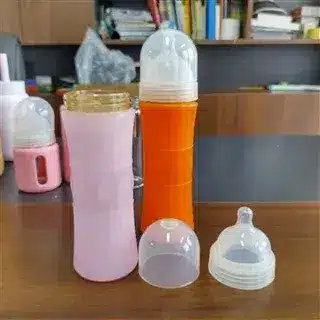
The basis of a good OEM silicone bottle supplier begins with the experience. A 10-year-old silicone factory can hear the tricks of the material behavior such as finding the optimal Shore hardness (50-70A is generally required to be flexible without ruining the design) to allow the product to be both flexible and strong at the same time.
Identify manufacturers that have been in operation since at least 2010-2015 and have experience in silicone factory projects as an OEM/ODM. Haotian Silicone, a company established in 2015 in Dongguan, is an example: we have grown to provide small orders up to large-scale production of such brands as Disney and HUAWEI.
Key factors to assess:
- Factory Size and Capacity: A factory larger than 5,000 sqm of 100 or more employees is an indication of scalability. Check monthly output- 50,000-200,000 units should be done by reputable silicone bottle production line.
- OEM/ODM Experience: Prefer suppliers that have exported to Europe, USA, and Australia. They maneuver between complicated rules.
- In-House Facilities One-stop shops that include design, isopening of molds, vulcanization, printing, surface treatment, and packaging cut down risks and timelines. The middlemenwho outsource the molding should be avoided and this may lead to variations in the wall thickness or the seam lines.
- Export Preparation: Arrange shipping agreements to use FOB Shenzhen or CIF terms, which makes the international shipments easy.
Ask them to provide case studies or make references to other similar custom silicone bottle that they have done so that they can confirm what they are saying.
Verify Certifications and Compliance
International buyers must not be able to negotiate with certifications. They ensure that the silicone bottle manufacturer in China is following the standard of safety and quality and help it to pass the customs clearance and gain the consumer’s confidence.
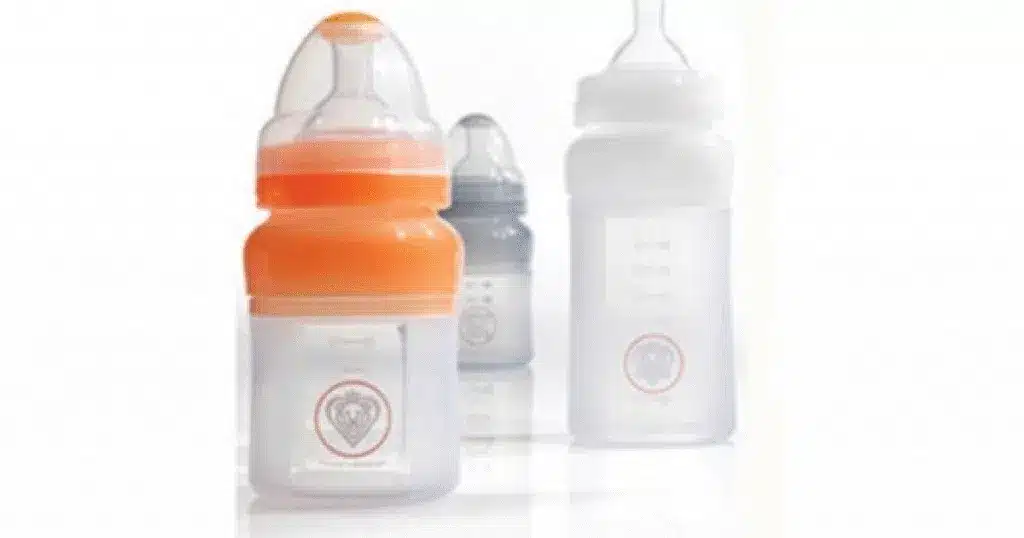
Basic qualifications are:
- FDA and LFGB: Silicone food grade must be free of BPA, phthalates, and must be safe to touch directly. The compliance with FDA 21 CFR 177.2600 applies to US markets; LFGB to EU.
- ISO9001: Evidences a sound quality management system.
- BSCI and SEDEX: Labor practices Ethical auditing, which is essential to such brands as those that Universal Studios partners with.
- Silicone: ISO14001: Environmental management, which is in line with eco-friendly silicone trends.
The heavy metals, migration tests, and tensile strength should always be provided by the third parties (e.g., SGS or Intertek). Raw material origin should be explained in traceability documents, good suppliers are those who apply Dow Corning or Wacker silicone uniformly.
Failure to comply may lead to a recall or ban. Cross-check certificates during verification of official databases and demand batch specific reports on your OEM silicone bottle orders.
Evaluate Customization and Design Capabilities
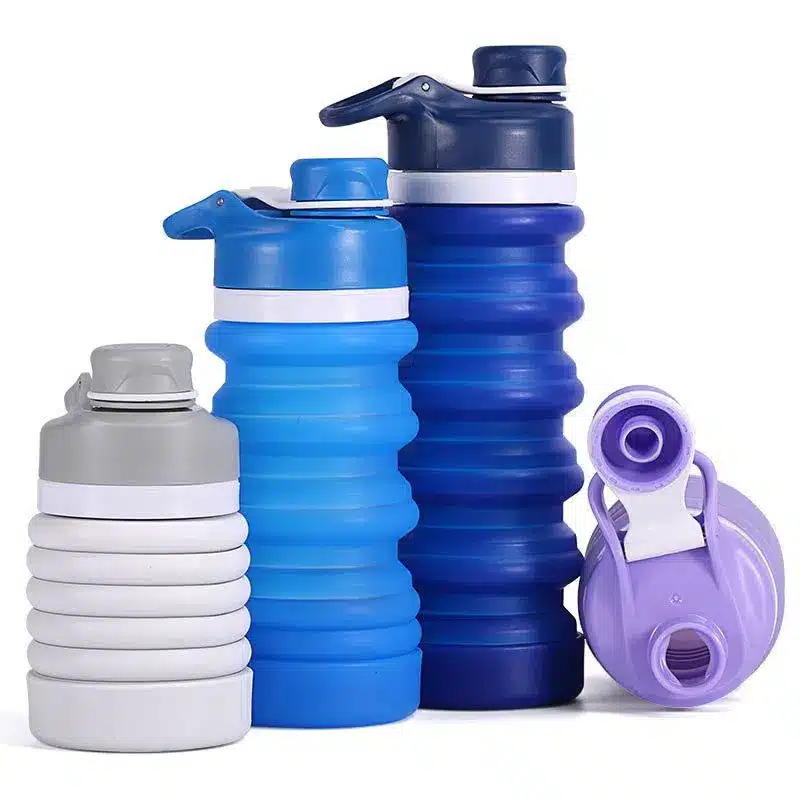
Customization is one thing that sets your brand out in a saturated market. An OEM/ODM flexible supplier of custom silicone bottles has the capability of providing OEM with unique products, such as collapsible travel bottles, insulated baby feeders.
Core services to evaluate:
- 3D Design and Prototyping: CAD software is used by professional R&D teams to do iterations quickly taking weeks in days.
- Color Matching: Accurate Pantone blending of vivid fade resistant colors in multiple color designs.
- Printing and Finishing: (Silk-screen printing, embossing, debossing, or laser engraving of logos) are available. Complex graphics that do not crack are conducted by advanced factories in terms of transfer of heat.
- Material Differences: Food grade silicone containing UV resistant, anti-slip, or different durometers.
Plants that have patented processes such as integrated multi-color molding allow smooth designs that make sure there is no delamination. This is essential to branded silicone bottles that can stand daily usage and dishwasher.
Inspect the Quality Control Process
The separation between amateur and professional silicone bottle manufacturers in China is quality control (QC). The defects are detected at an early stage and all units are produced to specs.
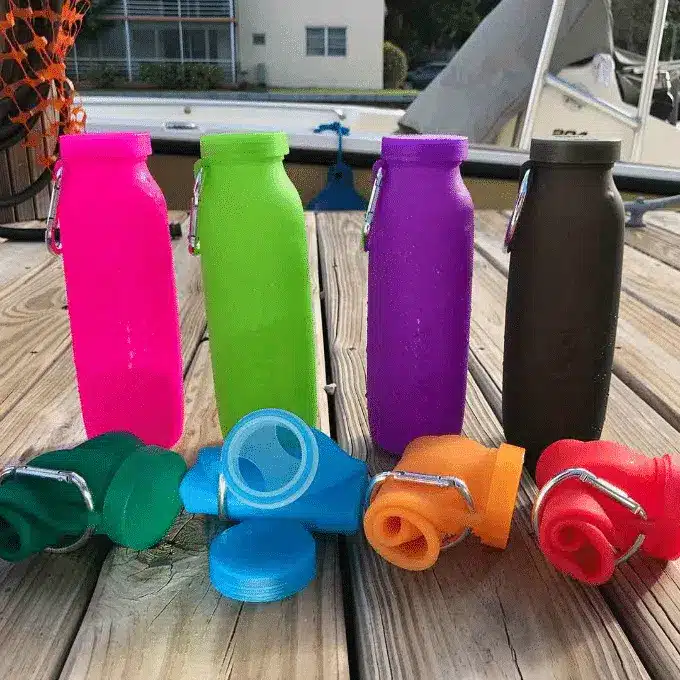
Decomposition of an effective QC process:
- Raw Material Testing: The raw silicone is checked on purity, viscosity and curing agents. Reject rates should be under 1%.
- Molding Precision: Automated compression or LSR injection molding is used to provide consistent wall thickness (1.5-3mm common) and free of air bubbles.
- In-Process Checks: Leak tests (vacuum or pressure), drop tests 1.5m and color check with spectrophotometers.
- Final Inspection: AQL (ex: 1.0 critical defects) 100 percent visual inspection and random sampling.
- Packaging Integrity Custom boxes and anti-scratch films to avoid damage during shipping.
Qualified OEM ODM silicone factories have special QC departments and permit tests as requested by clients. Begin with a small order (500 1,000 units) to test the actual performance-track the rate of defects and feedback responsiveness.
Review Communication and After-Sales Support

Successful OEM projects consist of effective communication. The barrier of language can derail schedules therefore select a company in China producing silicone bottles that have English speaking employees.
Look for:
- Specific Project Managers: Single reporting on updates through WeChat, email or ERP systems.
- Response Time: Within 24 hours on inquiries where detailed quotes are provided in breakdowns.
- After-Sales Service: Easy reorders, warranty (e.g. 1-year warranty against defects) and appropriate support to make changes.
Close relationship fosters confidence in continued relationships, particularly seasonal silicone bottle manufacture spikes.
Compare Pricing, MOQ, and Lead Time
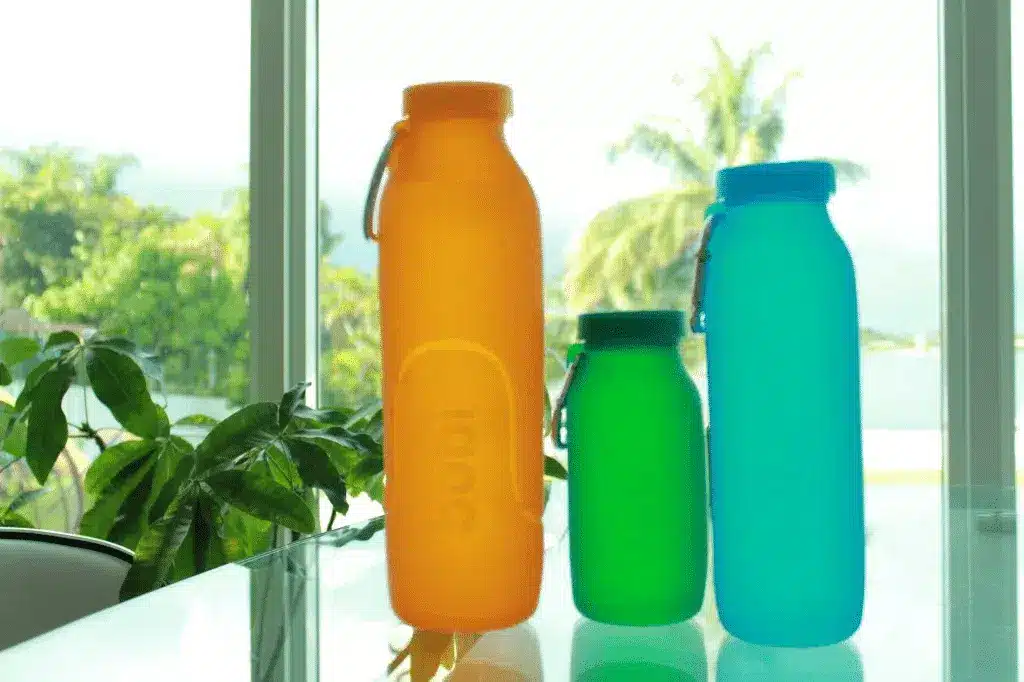
Price does matter, but the lowest price usually indicates compromised materials or quality control. Understand cost structures:
- Mold Fees: custom molds, costing between 500-2,000, run amortized.
- Unit Costs: 1.50-5.00 based on size, features and volume.
- Add-ons Printing ( 0.10-0.50 per color), packaging, and shipping.
Flexible MOQs (500-5,000 units) imply customer orientation. Efficiency is characterized by transparent lead times (30-45 days) of production after approval of the sample. Develop the total value and not only per-unit price on which to negotiate.
Conduct Factory Audits or On-Site Visits
There is nothing like being able to see operations. Arrange China factory inspection with an in-house visit or using a third-party such as SGS, TUV, or Bureau Veritas (ranges between 500 and 1,500).
What to inspect:
- Manufacturing Space: Well-kept factories that are ESD-certified as being clean.
- Equipment: Hydraulic presses and LSR machines, as well as automated printing lines are modern.
- Hygiene and Workflow: Food-grade areas should be dust-free, the assembly lines are to be efficient.
- Employee Practices: Training records and safety protocols.
Video call virtual tours are a beginning, but real-world confirms assertions. On distant customers, demand audit reports of previous clients.
Conclusion – Key Takeaways and CTA
The choice of the appropriate silicone bottle manufacturer in China is reduced to five pillars, which include strong experience and capacity, confirmed certifications, high levels of customization, strict quality control, and good communication/support. The mastering of them makes your OEM silicone bottles safe, innovative, and market-ready.
Haotian Silicone is one of the good examples of a professional silicone OEM/ODM factory in China. We have been providing patented multi-color designs, FDA/LFGB-approved products, and one-stop solutions to such brands as P&G, MINISO, and LINE since 2015. We have certification by ISO9001 and have a team of R&D experts who ensure that your requirements for manufacturing custom silicone bottles are reliable.
Call Haotian Silicone and talk about your OEM silicone bottle project and receive a free consultation. Turn your idea into a success story that is branded and of high quality!